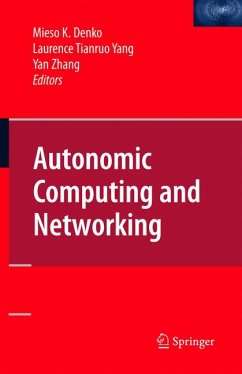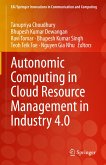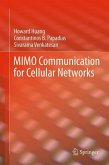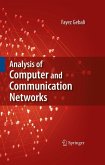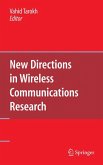Important features include:
- A comprehensive reference on autonomic computing and networking,
- State-of-the-art techniques used in the field,
- Illustrative figures enabling easy reading, and
- Emerging trends and open research problems and issues.
The material is organized into two sections: autonomic computing and autonomic networking. With a total of eighteen chapters, each section contains nine chapters addressing existing and emerging architectures, protocols, and applications.
Dieser Download kann aus rechtlichen Gründen nur mit Rechnungsadresse in A, B, BG, CY, CZ, D, DK, EW, E, FIN, F, GR, HR, H, IRL, I, LT, L, LR, M, NL, PL, P, R, S, SLO, SK ausgeliefert werden.

